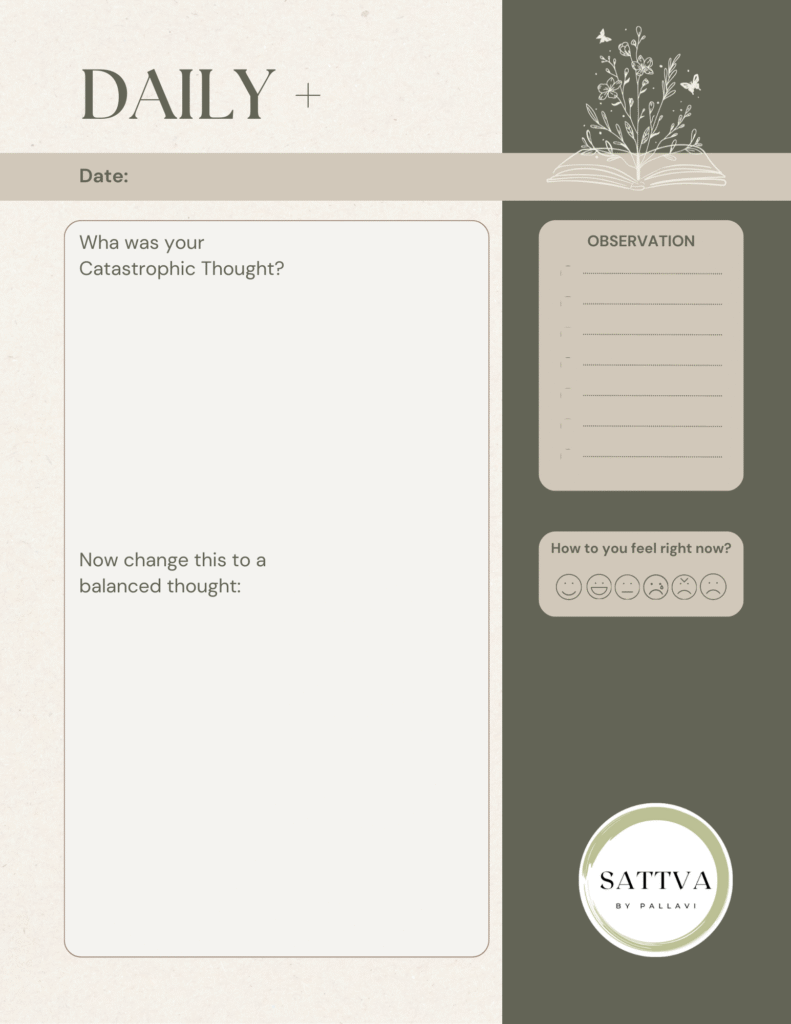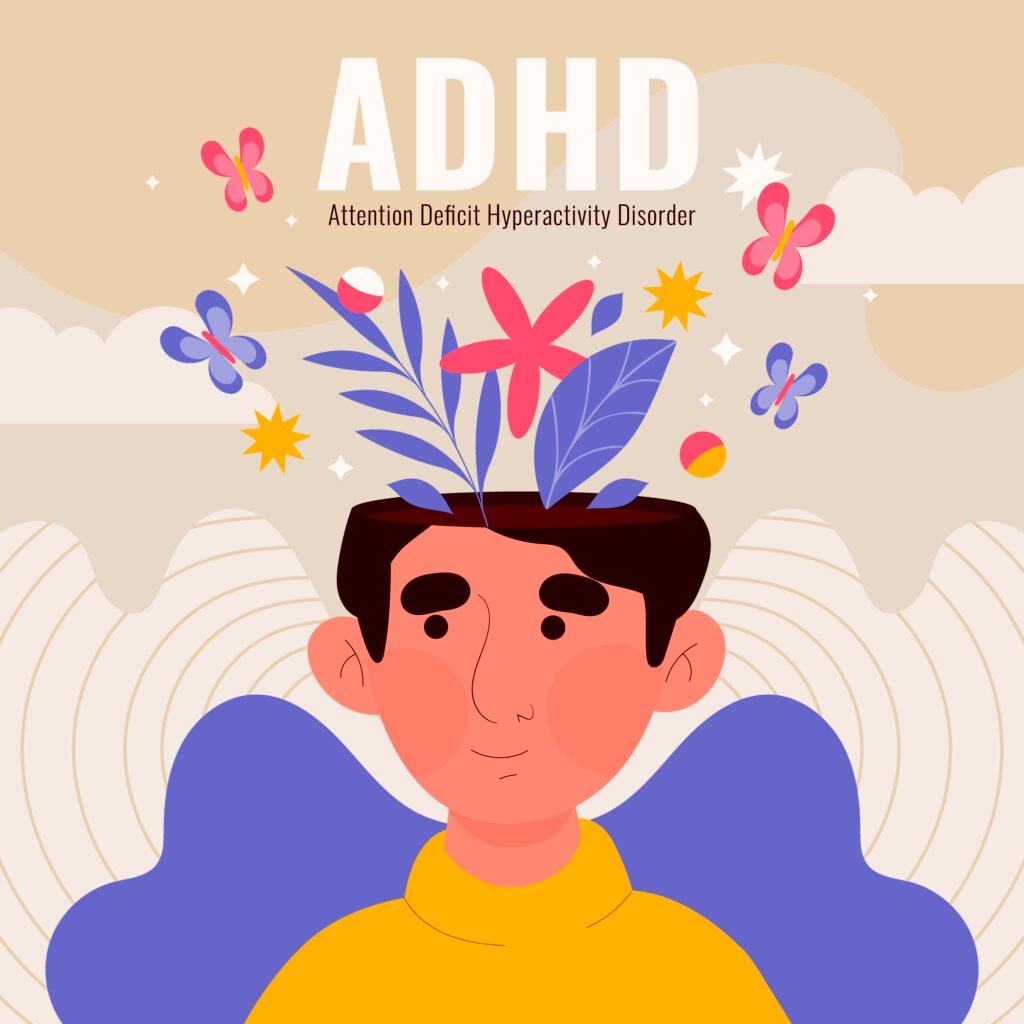We’ve all been there, spiralling into the worst-case scenario in our minds. A small setback suddenly feels like the end of the world. This is called catastrophic thinking or catastrophizing, and while it might feel convincing in the moment, it often exaggerates reality and increases anxiety. Catastrophizing is a type of faulty thinking. Our mind …

We’ve all been there, spiralling into the worst-case scenario in our minds. A small setback suddenly feels like the end of the world. This is called catastrophic thinking or catastrophizing, and while it might feel convincing in the moment, it often exaggerates reality and increases anxiety.
Catastrophizing is a type of faulty thinking. Our mind convinces us that something bad is not only likely but inevitable, even when it isn’t true. Over time, this way of thinking can damage our mental wellbeing, fuel constant worry, and hold us back from enjoying life fully.
The good news? There’s a way to challenge and reframe these thoughts. A technique called decatastrophizing can help us regulate emotions, reduce irrational fears, and bring us back to a more balanced perspective.
Steps to Break the Cycle of Catastrophic Thinking
1. Take a Step Back
Pause before jumping to the worst-case scenario. Ask yourself: Has this situation played out as badly in the past as I’m imagining now? Most times, the answer is no. Its just Catastrophic Thinking
2. Recognize Catastrophizing for What It Is
While a little anxiety can motivate us to prepare or avoid risks, catastrophizing takes it too far. Instead of focusing on the real situation, it drags us into exaggerated “what-ifs” that don’t help us move forward.
3. Spot the Thoughts in Action
Notice when your thoughts sound extreme or absolute. Are they realistic and supported by evidence?

💭 Example of catastrophizing:
- “If I fail this exam, I will never get the job I want.”
4. Challenge the Thought with Evidence
Once you’ve identified the thought, ask: How likely is this worry to come true? Look for proof in your own experiences.
✅ Example:
- “I passed the last exam in this subject.”
- “Even if I fail, I can retake it next month.”

5. Maintain Perspective
Zoom out. How will this situation feel a week, a month, or a year from now? Most of the fears that consume us now lose their intensity with time.
6. Use Imagination and Visualization
Imagine giving advice to a close friend who had the same fear. Would you be as harsh as you are with yourself?
You can also visualize a future where nothing bad happened and notice how your body relaxes in response. This builds confidence in your ability to handle challenges without spiraling.
Not every thought that feels true is real,
learning to question your fears is the first step to freedom
Activity:
“Flip the Thought” Journal
Each time you notice yourself catastrophizing, write it down in two steps:
- The Catastrophic Thought – e.g., “If I mess up this presentation, my boss will never trust me again.”
- The Balanced Thought – e.g., “Everyone makes small mistakes. If I prepare well, it will likely go fine. Even if something goes wrong, it won’t erase all the good work I’ve done.”
Over time, this practice helps you build a habit of challenging irrational thinking and grounding yourself in reality. You can download your free resource here.

Final Thoughts
Catastrophizing convinces us that the worst is inevitable, but it rarely is. By slowing down, questioning our thoughts, and maintaining perspective, we can break free from the cycle of fear. Decatastrophizing isn’t about ignoring problems, it’s about seeing them for what they really are and responding with calm, clarity, and resilience. Reach out to us to seek help.
Credits : Therapist Faika







